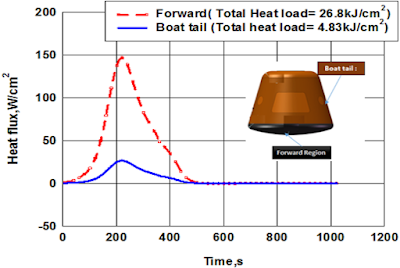How Textile Ablative Composite Materials Will Keep Gagannauts Safe

Ablative composites are specialized composite materials composed of high melting point fibers and polymeric resins that yield char at high temperatures. These composites are used in extreme environments, such as reentry vehicles like Gaganyaan, where they experience harsh conditions including high heat, pressure, and particle impact. These composites are made with reinforcements like carbon, graphite, silica, and glass, along with resins like phenolics and furfuryl alcohol.
The ideal ablative composite should possess various characteristics, including high heat absorption during ablation, significant energy absorption during phase changes, sufficient strength, thermal shock resistance, and low thermal conductivity. Additionally, the composite should have low density and weight for the volatiles released during heating and a minimal erosion rate.
Ablation is a complex process involving the controlled loss of material to dissipate large amounts of heat energy quickly. This process includes various physical and chemical changes like melting, vaporization, sublimation, and pyrolysis, often accompanied by endothermic reactions.
Ablative composites face challenging conditions during solid rocket motor operation due to the intense heat, pressure, velocity of exhaust gases, heat flux, and particle impacts. While high-temperature metals cannot withstand these conditions alone, ablative composites provide thermal protection alongside the necessary structural support offered by metallic components. In these composites, carbon or silica is used as reinforcement, and phenolic resin serves as the matrix material.
Textile materials used in ablative composites play a crucial role in enhancing their performance under extreme conditions. These textiles are integrated into the composite structure to provide reinforcement and contribute to the material's ablative properties. Some common textile materials used in ablative composites include Carbon, Glass, Aramid, Sillica and Ceramic fiber cloth.

For Gaganyaan mission, the typical predicted heat flux profile is shown in Figure. The forward region is subjected to a peak heat flux of around 150 W/cm2 and total heat load of 26.8 kJ/cm2.
Innovate with us KAMLATECH